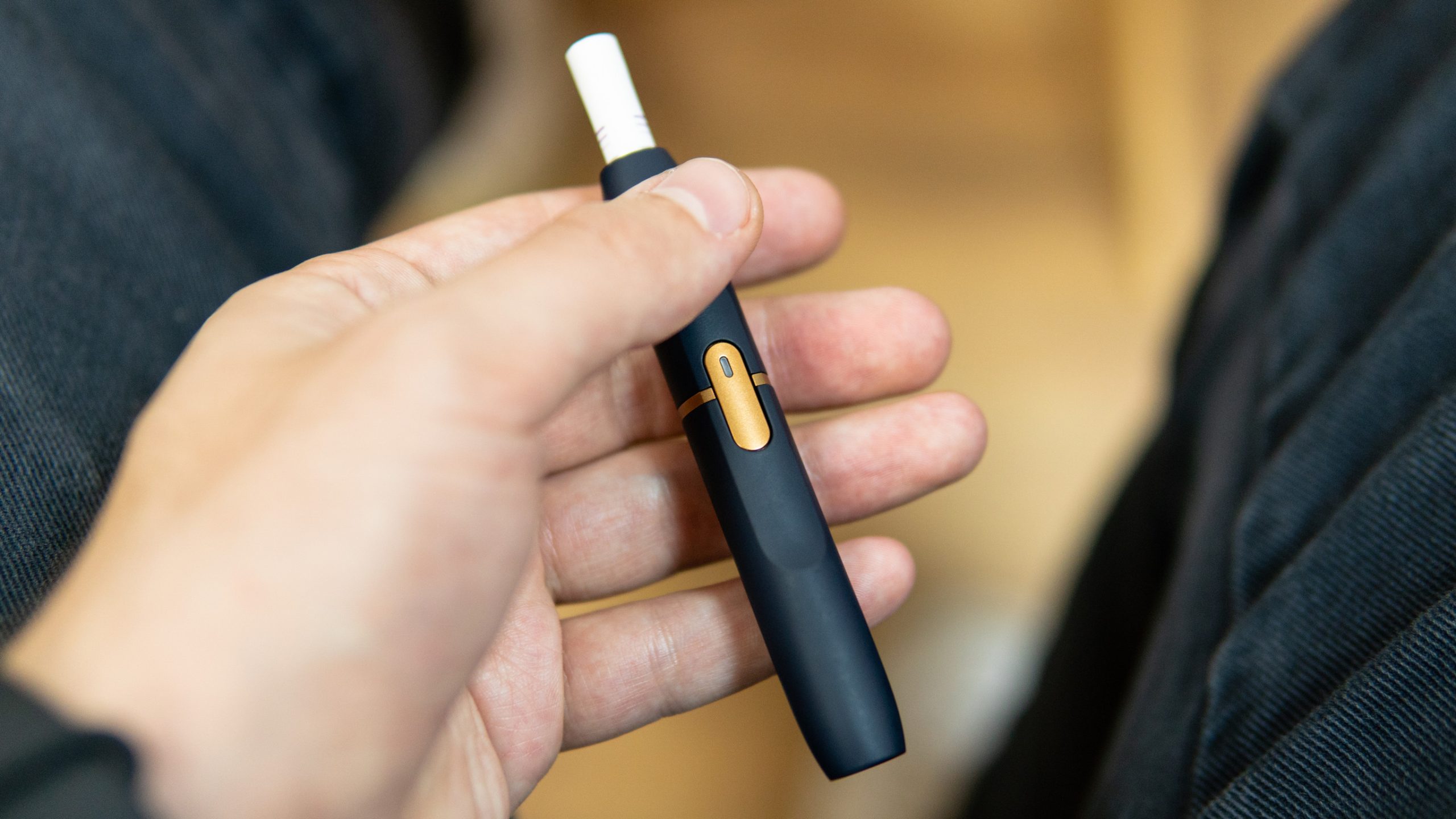
Ever go looking for a product you used to love—only to realize it quietly disappeared? Sometimes, these disappearances aren’t just because of declining sales or changing trends. Many banned everyday items have been pulled from the market due to lawsuits, safety concerns, or regulatory pressure. From kitchen tools to beauty products and childhood toys, certain things you once saw daily are now off-limits. Here are 10 familiar items that were removed for legal reasons—and the surprising stories behind them.
1. Lawn Darts Were Banned After Tragic Accidents
Lawn darts, also known as Jarts, were once a backyard favorite. But their sharp metal tips made them extremely dangerous—especially to children. After multiple serious injuries and even fatalities, the Consumer Product Safety Commission banned their sale in 1988. Lawsuits from grieving families pushed regulators to act. Today, this is one of the most infamous examples of banned everyday items due to safety risks.
2. Asbestos-Containing Insulation Was Pulled for Health Hazards
Used for decades in home construction, asbestos insulation was valued for its fire-resistant properties. However, it was eventually linked to deadly diseases like mesothelioma and lung cancer. Lawsuits by sickened workers and homeowners led to sweeping legal changes. The EPA placed strict regulations on asbestos in the late 1980s, effectively banning it from most products. This former staple is now one of the most notorious banned everyday items in home improvement history.
3. Lead-Based Paint Disappeared After Child Safety Lawsuits
Lead-based paint was once common in homes, schools, and toys. But after it was linked to neurological damage in children, the backlash was swift and intense. Government agencies banned its use in residential properties and consumer products in 1978. Lawsuits against landlords and manufacturers forced millions in damages. Today, any use of lead paint is a red flag—and a strong reminder of how dangerous banned everyday items can be.
4. Certain Teflon Cookware Was Recalled for Toxic Chemicals
Nonstick pans made with PFOA (perfluorooctanoic acid) were once everywhere in kitchens. But lawsuits and studies linked the chemical to cancer, thyroid disease, and other health problems. As a result, manufacturers phased out PFOA-based Teflon by 2015 under legal pressure. While newer nonstick cookware uses safer alternatives, many households still have older versions tucked in cabinets. These are silent reminders of banned everyday items that once seemed totally harmless.
5. Ephedra Supplements Were Outlawed After Heart Attack Lawsuits
Marketed as a natural weight-loss aid and energy booster, ephedra flew off store shelves in the 1990s. But after a series of strokes, heart attacks, and deaths, the FDA banned it in 2004. Multiple lawsuits claimed manufacturers ignored clear warning signs. Despite its effectiveness, the dangers were simply too great. Among banned everyday items, ephedra remains a prime example of how “natural” doesn’t always mean safe.
6. Aqua Dots Were Pulled After Kids Fell into Comas
Aqua Dots were a popular children’s craft toy in the mid-2000s. But the coating on the beads contained a chemical that, when ingested, metabolized into a date-rape drug. Several children fell seriously ill after swallowing the beads, sparking public outrage. The product was recalled, and lawsuits followed quickly. This became one of the most shocking cases of banned everyday items tied to children’s safety.
7. Hoverboards Were Recalled Due to Fire Hazards
Hoverboards were a holiday craze—until they started bursting into flames. Reports of fires in homes, cars, and even on airplanes triggered immediate safety investigations. The U.S. Consumer Product Safety Commission issued a recall in 2016, and some models were banned entirely. Lawsuits poured in against manufacturers, especially overseas sellers. These once-cool gadgets quickly became one of the most high-profile banned everyday items of the decade.
8. Certain Baby Powders Were Sued Off Shelves
Talc-based baby powders, most notably from Johnson & Johnson, faced massive lawsuits linking them to ovarian cancer. Internal documents revealed the company knew of possible asbestos contamination for decades. As a result, sales were halted in the U.S. and Canada, and newer versions now use cornstarch instead. Billions in legal settlements followed. Once considered a household staple, this is now one of the most scrutinized banned everyday items in personal care.
9. Kinder Surprise Eggs Were Banned in the U.S.
Although a hit in Europe, Kinder Surprise Eggs were banned in the United States due to a 1938 law that prohibits food from containing non-nutritive objects. The toys hidden inside the chocolate posed a choking hazard for young children. U.S. Customs officials routinely seize them at the border, despite their popularity elsewhere. Lawsuits and safety concerns have kept them off American shelves. Among banned everyday items, this one still sparks international debate.
10. Flavored E-Cigarettes Faced Legal Bans Amid Health Fears
Flavored e-cigarettes gained rapid popularity with teens, leading to an epidemic of underage vaping. Health officials raised alarms about lung injuries and nicotine addiction, prompting lawsuits and investigations. In 2020, the FDA banned most flavors except tobacco and menthol. Some states went even further, banning e-cigarettes entirely. These once-trendy items quickly joined the growing list of banned everyday items that fell hard after public and legal pressure.
When Everyday Turns Dangerous—And the Law Steps In
From toys to cookware to personal care, these products weren’t always controversial. But when hidden dangers came to light, public outcry and legal action forced change. Some were banned for safety, others after high-profile lawsuits, but the result was the same—items you once used without a second thought are now off-limits. These banned everyday items are a reminder to always read the fine print and question what we’ve grown used to trusting.
Do you remember using any of these banned items? Were you surprised to find out why they were removed? Share your thoughts in the comments below!
Read More
6 Foods That Are Surprisingly Illegal to Buy in California
6 Online Deals That Were Too Good to Be Legal
The post 10 Everyday Items That Were Removed for Legal Reasons appeared first on Grocery Coupon Guide.







